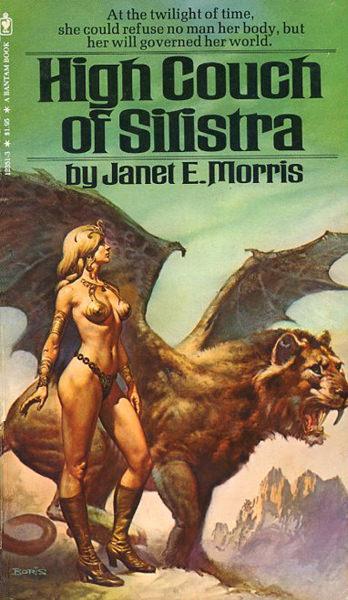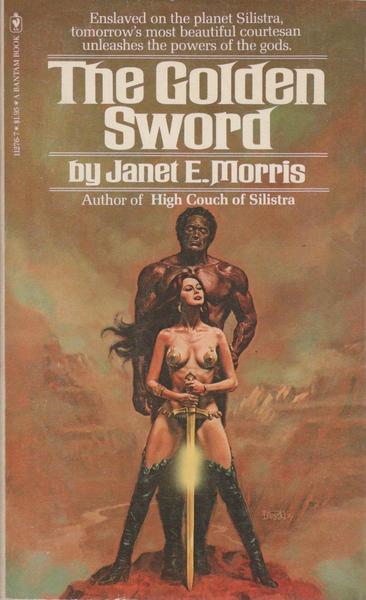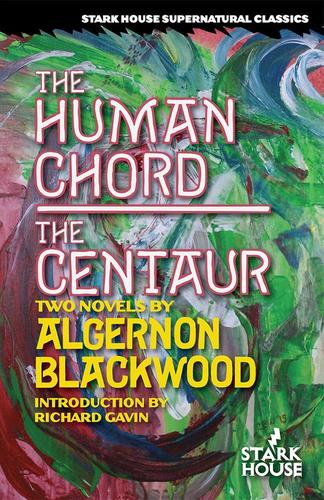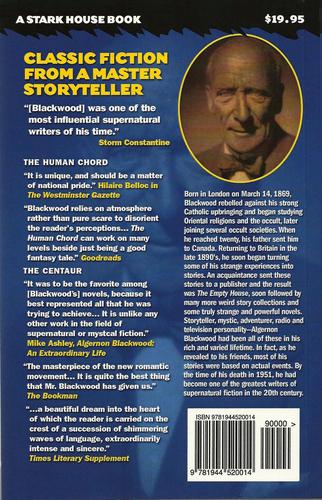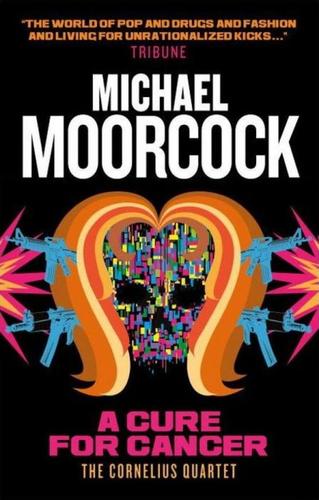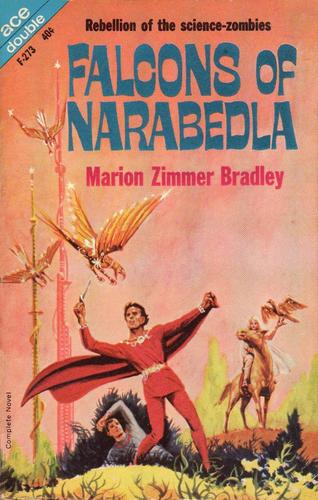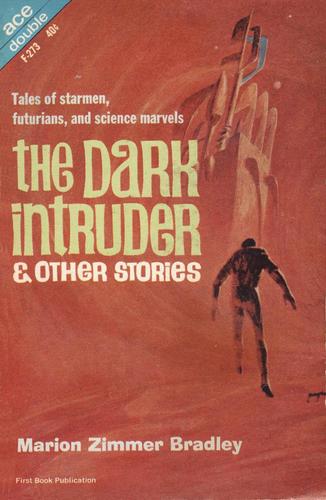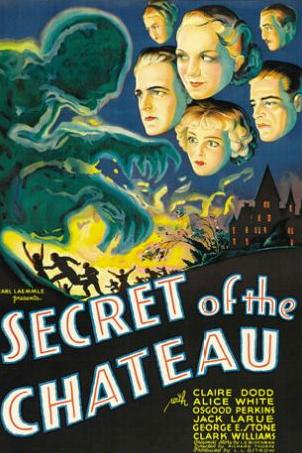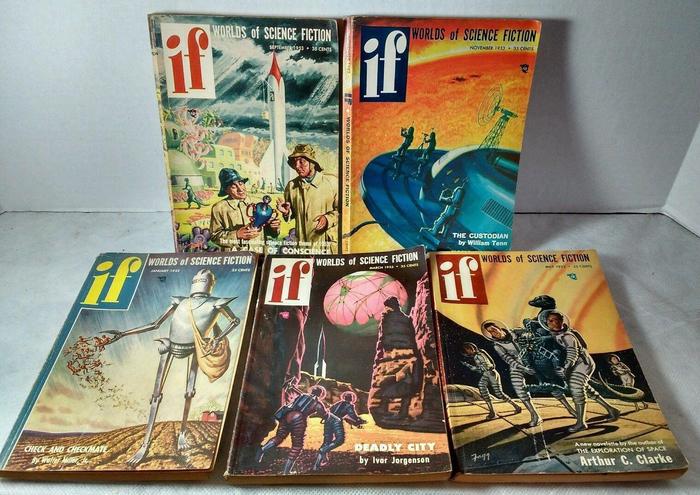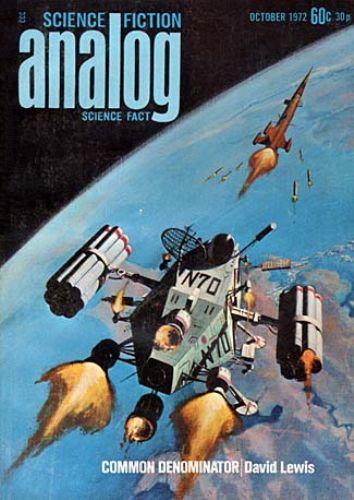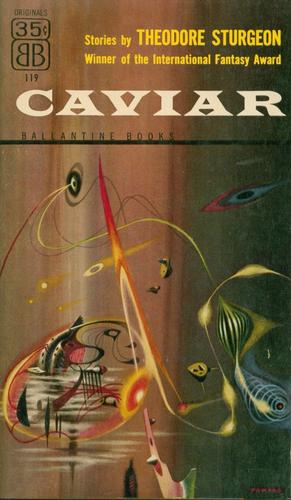Vintage Treasures: Three Apocalyptic Anthologies
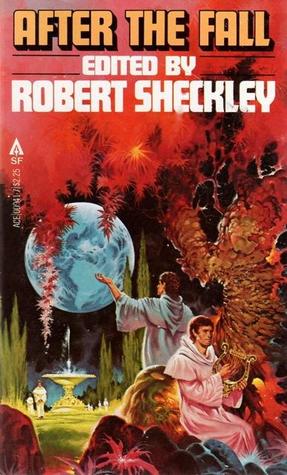 |
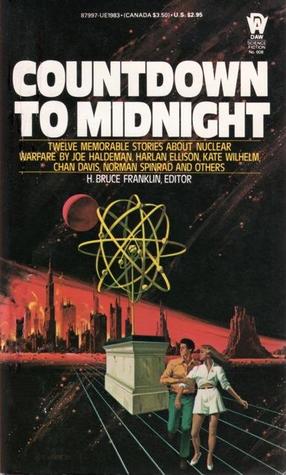 |
 |
Back in January I bought a nice lot of 42 vintage science fiction paperbacks on eBay. Most were from the 70s and 80s, and most were in pretty good shape. Enough to keep me busy for a month, taking them out of the box one by one and cooing over them.
Most of you are probably too young to remember that far back, when the Cold War was at its height and the specter of nuclear war loomed over everything. In November 1981 Gallup found that 53% of American adults expected a nuclear war within a decade, and after Nicholas Meyer’s apocalyptic TV film The Day After and NBC’s tense mock-documentary Special Bulletin, about terrorists who detonate a nuclear weapon, both aired in the spring of 1983, some polls showed that number rocket briefly above 70%. 70%! These days we can’t even get that many to agree that the President of the United States is Christian.
Not too surprisingly, a lot of science fiction from the era was preoccupied with tales of the apocalypse. The Cold War is long over, but those paperback treasures, with their morbidly imaginative visions of the end of the world and beyond, are still with us. You can find plenty of great anthologies with that theme very cheaply if you look (the ones I haven’t hoarded in my basement, anyway.) Today I want to look at three that I pulled out of my newly acquired collection: Robert Sheckley’s After the Fall (1980), H. Bruce Franklin’s Countdown to Midnight (1984), and Robert Silverberg’s New Dimensions 1.
